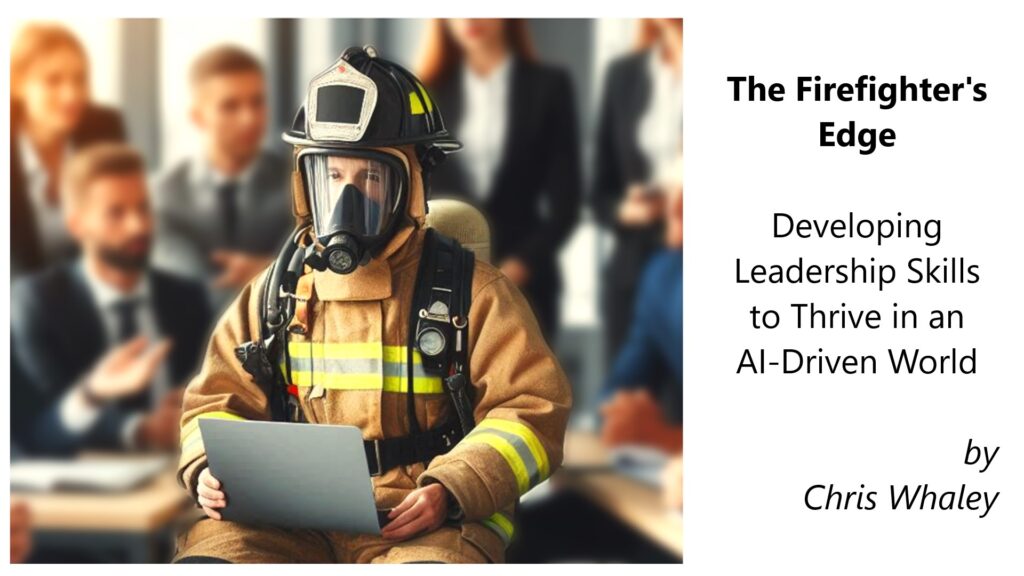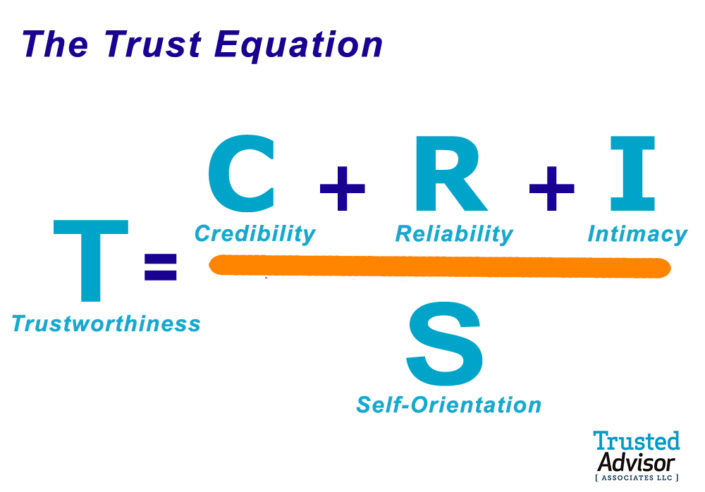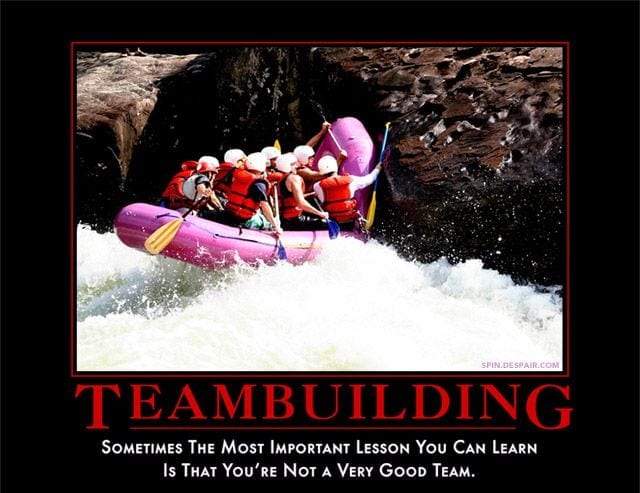
This is the first in a series of articles building on my experiences as a volunteer firefighter nearly 30 years ago. Over time, I’ve seen how the fire service systematically builds critical skills—skills that are just as valuable in today’s corporate world. Though centuries old, these core firefighter traits are essential for anyone who wants to stand out in an AI-driven era.
Decision-Making Begins with Clear Principles
In high-pressure environments, where every second counts, the ability to make clear, confident decisions can mean the difference between success and failure. Few professions understand this better than firefighters. Whether at the scene of a fire or when facing fierce competition in business, hesitation can be costly.
One guiding principle firefighters live by is simple but powerful: “Don’t Make Things Worse.” This concept is ingrained in every firefighter from day one. For example, putting water on a grease fire will only cause it to spread. When encountering a truckload of unknown materials on fire, fire crews try to identify the contents from the driver or hazardous material placards. The same principle applies in business. When faced with fast-moving challenges, leaders need to pause and ensure that their actions won’t compound the problem. Sometimes, restraint and thoughtful decision-making are the best strategies.
But there’s another side to critical decision-making: speed. Firefighters often work within the Golden Hour—the critical period after a traumatic event when immediate action can save lives. In business, the same principle applies. Delaying decisions can be more dangerous than making an imperfect one. The ability to recognize when speed is essential—and when to pause—separates strong leaders from those who falter.
The Importance of Making Clear Decisions
Even when a situation is full of unknowns and guiding principles are in conflict, firefighters must still make decisions. Even in a small house fire it is impossible for one person to know everything that is happening at any given moment. Each person is responsible for passing along key information that can impact future decisions. This includes changes in conditions, discovery of unknown risks, and progress in their own assigned tasks.
And even though there may be an incident commander who is responsible for making decisions, input from all members is expected to be part of the process. In a similar fashion, many companies try to streamline their own processes by pushing decisions as deep in the organizations as feasible. Lean manufacturing is a great example where people closest to a process are the ones who are empowered to improve it.
Once a decision is made, clarity is key. Ambiguity in high-stakes situations—whether at a fireground or in the boardroom—can lead to costly mistakes. Clear decisions give teams direction and ensure that everyone knows their role. The same way firefighters adjust tactics when the risk of collapse or explosion becomes too great, business teams must pivot with equal clarity when circumstances change. Clear decisions provide a sense of direction for the team.
Applying Fireground Thinking to Business
Most businesses have ‘company values’ to guide behavior, but where many fall short is translating those values into action. Just as firefighters apply core principles like ‘Don’t Make Things Worse,’ businesses must ensure their values lead to consistent behaviors. Leaders should embody these values in their decisions and provide real-world examples to help employees understand how to apply them.
Take time to define HOW decisions are made before issues arise. Different topics can have different decision-making frameworks. For example, the leader may make final decisions on strategy using inputs from the team. But other decisions may be made by consensus or even by popular vote.
Here are a few questions to ask yourself when faced with critical decisions:
- Have I gathered all the available information?
- What are the best- and worst-case scenarios of the options under consideration?
- Can I do something differently that would increase the likelihood of making the situation better, or reduce the possibility of creating additional problems?
- Does my decision align with my company’s values and long-term goals?
- Am I confident in my action plan?
- Have I communicated the decision to the right people in a timely manner?
About the author, Chris Whaley
For over 20 years I worked in corporate roles in knowledge engineering, business transformation, organizational effectiveness, and even served as a vice-president of human resources. But before all that, when starting my master’s degree in industrial engineering, I began a nearly decade-long affiliation with my local volunteer fire department. During that time, I progressed being a firefighter, safety officer, emergency medical first responder, rescue diver, and eventually assistant chief and board of director’s member. In retrospect, I see how the fire service organizational system instilled key leadership skills in myself and others. And these are the same skills that are most needed in today’s AI-driven business world.

The author Chris Whaley in the 1990’s, serving as Firefighter and Safety Officer for the Paulette Volunteer Fire Department








